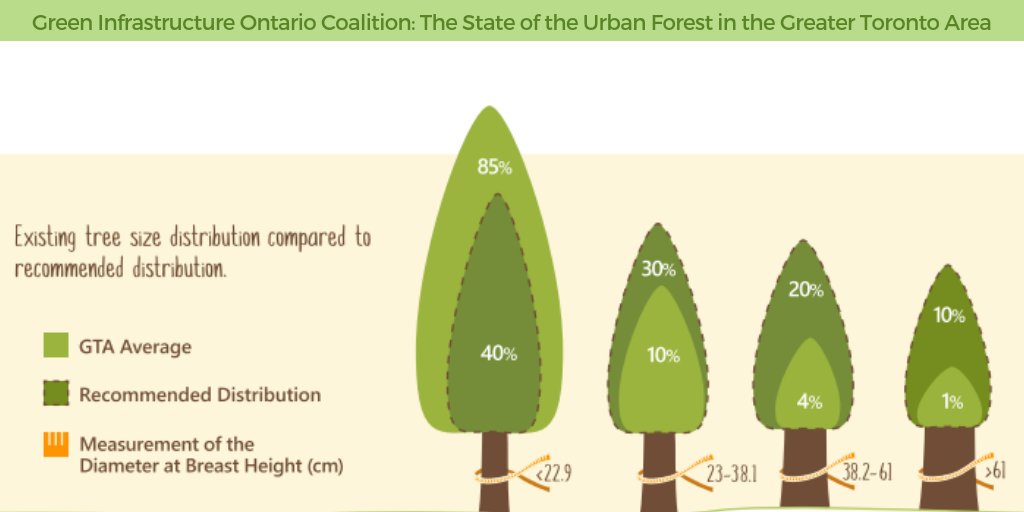Be On The Lookout For Crucial Signs That Suggest Your Tree Could Pose A Risk; Understanding These Can Secure Your Home And Family.What Should You Keep Track Of Following?
Be On The Lookout For Crucial Signs That Suggest Your Tree Could Pose A Risk; Understanding These Can Secure Your Home And Family.What Should You Keep Track Of Following?
Blog Article
Authored By-Truelsen Aagaard
When it concerns tree care, identifying the indicators that it's time for removal is vital for your security and residential or commercial property. You could notice blemished leaves, wilting branches, or odd fungal growths suggesting health problems. Architectural concerns, like a substantial lean or fractures in the trunk, can likewise posture risks. Comprehending these indication can aid you make educated decisions concerning your trees and prevent potential dangers prowling in your backyard. What should you seek next?
Indicators of Degeneration and Illness
When you notice indicators of decay and disease in your trees, it's vital to act rapidly. Search for stained leaves, wilting branches, or unusual developments like fungus. These can indicate that your tree is battling.
If you see splits in the bark or soft, mushy timber, these symptoms suggest inner decay. Furthermore, an unexpected increase in insects around your tree can signal that it's damaged and at risk.
Look for any kind of dead or passing away arm or legs, as they present a threat to your residential or commercial property and safety. If you're uncertain concerning what you see, getting in touch with an arborist can give clearness.
Addressing these indications early can conserve you from much more substantial damages and make certain the wellness of your yard. Do not wait up until it's too late.
Structural Instability and Leaning
As you observe your trees, watch out for any signs of structural instability or leaning. If a tree leans considerably, it may show that the root system is endangered.
Look for any cracks in the trunk or dirt around the base; these can signal prospective failing. Additionally, simply click the up coming website for uncommon development patterns, like an unbalanced crown, which may recommend that the tree is battling to hold itself upright.
If you see that the tree favors your home, high-voltage line, or other structures, it positions a higher danger. Don't overlook these indicators-- seek advice from an arborist to evaluate the circumstance.
Doing something about it early can avoid pricey damage and guarantee your safety and security.
Dead or Perishing Branches and Foliage
If you notice dead or dying branches and vegetation on your tree, it's a clear sign that something's incorrect.
These harmful areas can suggest underlying issues like condition, pest infestations, or ecological tension. When branches shed their fallen leaves or transform brown, they're no longer contributing to the tree's wellness. Disregarding these signs might bring about more decrease, making your tree more dangerous.
Oak Tree Trimming can quickly break off throughout tornados, posing a risk to building and individuals close by. It's vital to assess the extent of the damage.
If the issue impacts a significant part of the tree, take into consideration speaking with a specialist. They can aid identify if removal is necessary to make certain safety and preserve the elegance of your landscape.
Conclusion
If you notice any kind of signs of decay, architectural instability, or dead branches on your trees, do not ignore them. These signs can present significant safety and security risks to you and your residential or commercial property. It's always best to get in touch with a specialist arborist who can give a specialist analysis of your trees. Doing something about it early can protect against accidents and expensive damages, guaranteeing your landscape stays risk-free and healthy and balanced. Bear in mind, it's far better to be positive regarding tree care than to wait for a disaster to happen.
